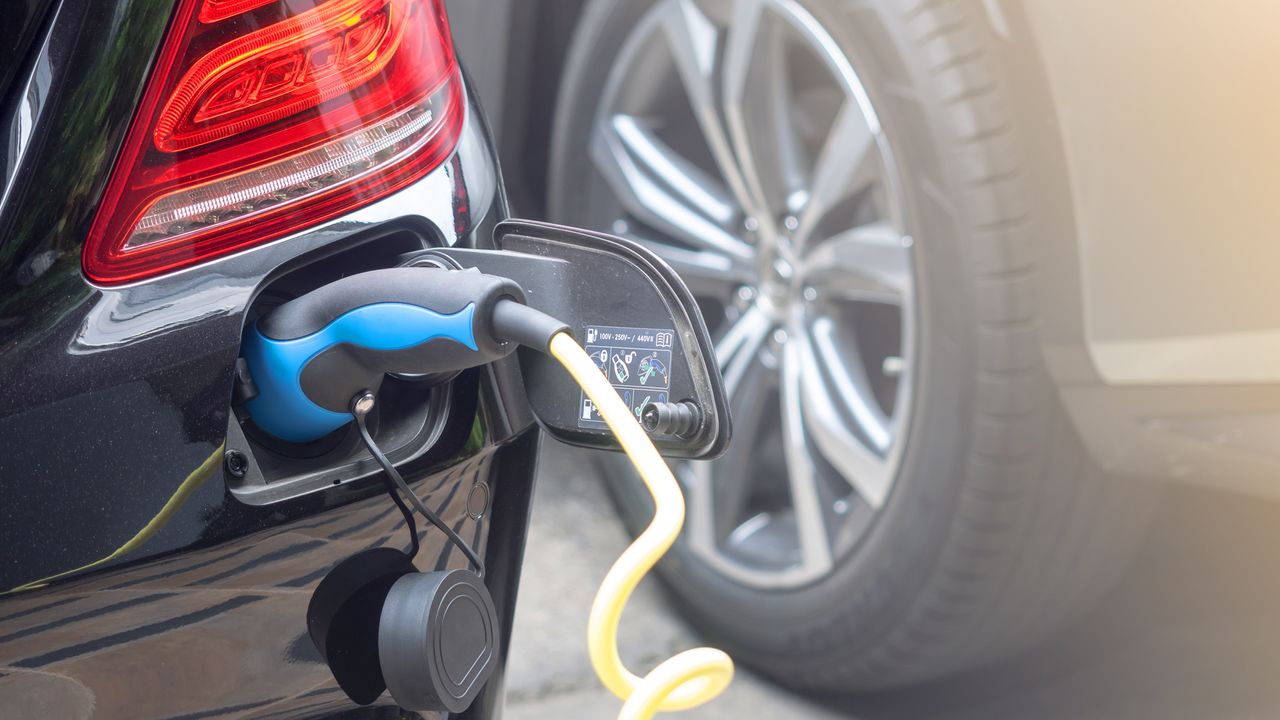Electric Vehicle Charging at Home: Options and Considerations
With the increasing popularity of electric vehicles (EVs), more and more people are considering the convenience of charging their vehicles at home. Home charging offers a convenient and cost-effective way to keep your EV powered up, ensuring that you’re always ready to hit the road. In this article, we will explore the various options and considerations for electric vehicle charging at home.
1. EVSE (Electric Vehicle Supply Equipment)
EVSE, also known as charging stations or charging points, is the equipment that connects your EV to the power grid. There are different types of EVSE available, including Level 1, Level 2, and DC fast charging.
Level 1 Charging: This is the most basic and slowest form of charging, using a standard 120-volt household outlet. It typically provides around 2-5 miles of range per hour of charging. Level 1 charging is suitable for overnight charging or for those with low daily driving needs.
Level 2 Charging: Level 2 charging requires a 240-volt outlet, similar to what you would use for an electric dryer or oven. It provides faster charging speeds, typically offering around 10-30 miles of range per hour of charging. Level 2 charging is ideal for most EV owners, as it provides a good balance between charging speed and convenience.
DC Fast Charging: DC fast charging, also known as Level 3 charging, is the fastest charging option available. It uses high-powered charging stations to provide rapid charging, allowing you to charge your EV to 80% in as little as 30 minutes. However, DC fast charging is more expensive and is typically found at public charging stations rather than at home.
2. Smart Home Integration
Integrating your EV charging equipment with your smart home system can bring added convenience and control. Smart home integration allows you to monitor and manage your charging sessions remotely, schedule charging during off-peak hours for cost savings, and even receive notifications when your vehicle is fully charged.
By connecting your EV charging equipment to your smart home system, you can take advantage of features like voice control, mobile apps, and energy management tools. This integration can help you optimize your charging experience and make the most of your EV’s capabilities.
3. Charging Equipment
When it comes to choosing the right charging equipment for your home, there are a few factors to consider:
- Power Output: Ensure that the charging equipment you choose matches the power capabilities of your electrical system. Level 1 chargers typically require a standard 15-amp circuit, while Level 2 chargers may require a dedicated 40-amp circuit.
- Charging Cable Length: Consider the distance between your parking spot and the charging location. Make sure the charging cable is long enough to reach your vehicle comfortably.
- Portability: If you plan to move or travel frequently, a portable charging station may be a better option for you. Portable chargers are easy to install and can be taken with you wherever you go.
It’s also worth noting that some EV manufacturers offer their own branded charging equipment, which may come with additional features or warranties. However, third-party charging equipment is often more affordable and can be just as reliable.
Conclusion
Electric vehicle charging at home offers convenience and flexibility, allowing you to start each day with a fully charged battery. Whether you opt for Level 1 or Level 2 charging, consider integrating your charging equipment with your smart home system for added control and efficiency. By carefully considering your options and selecting the right charging equipment, you can enjoy the benefits of electric vehicle ownership without the hassle of frequent visits to public charging stations.
